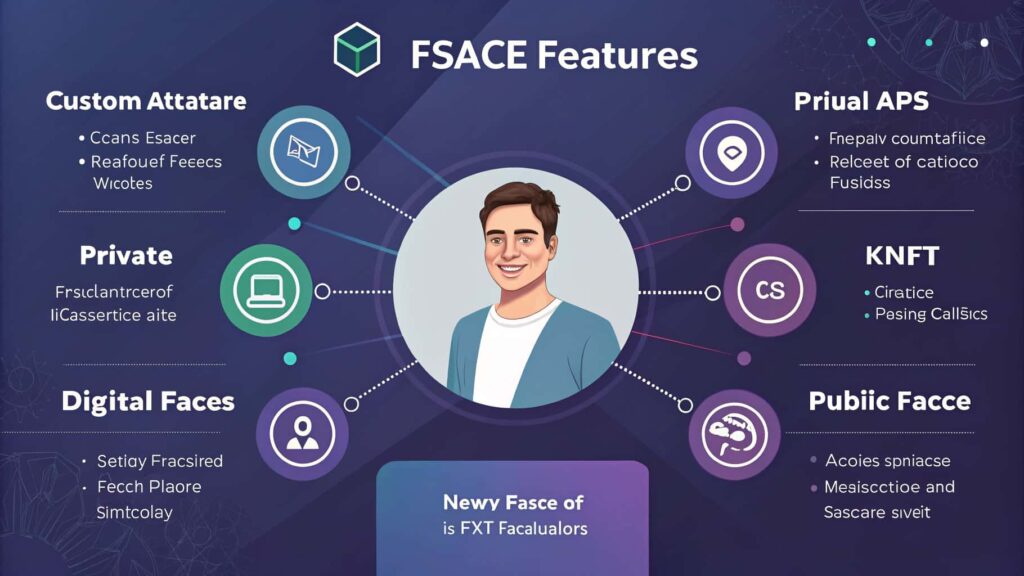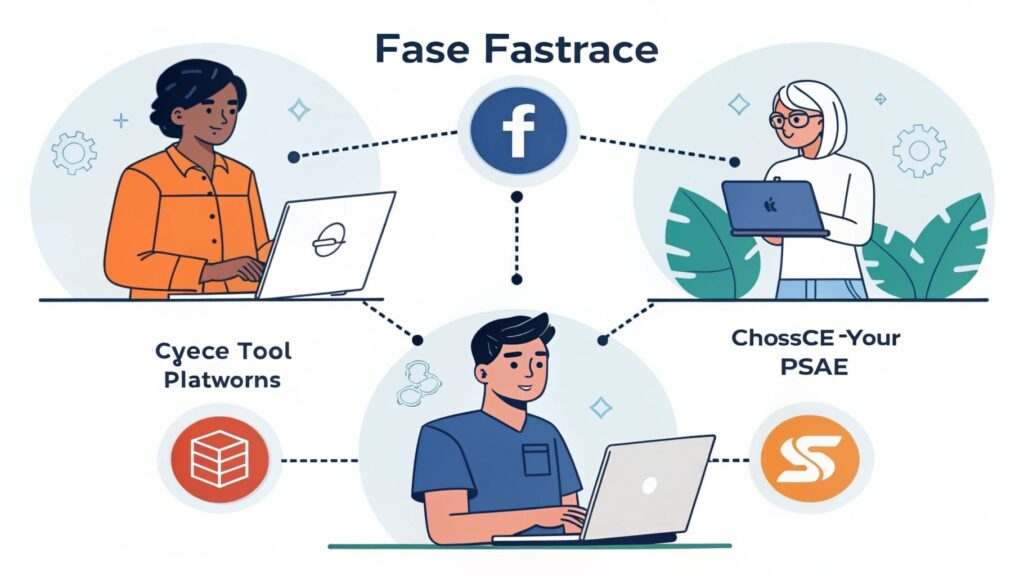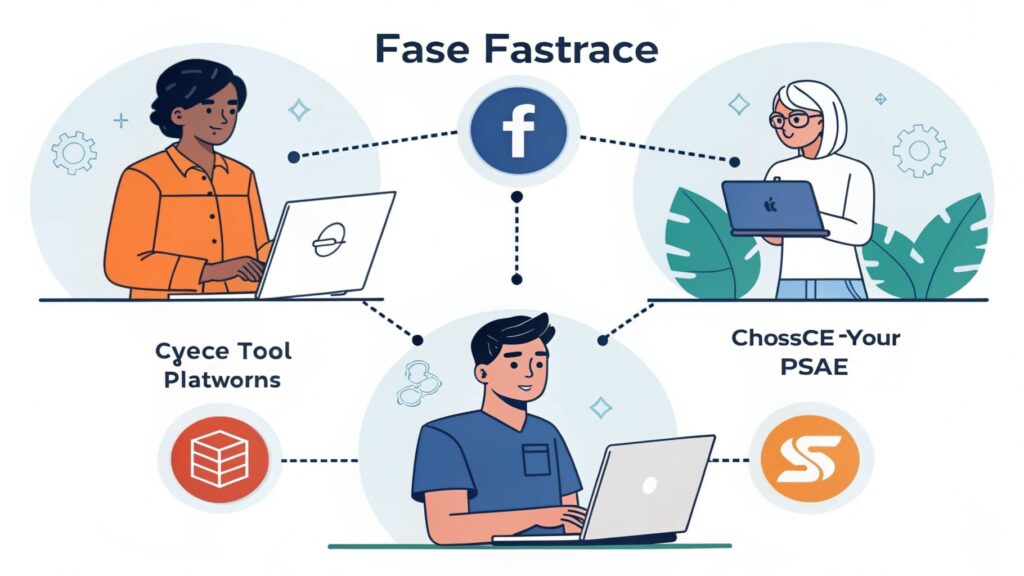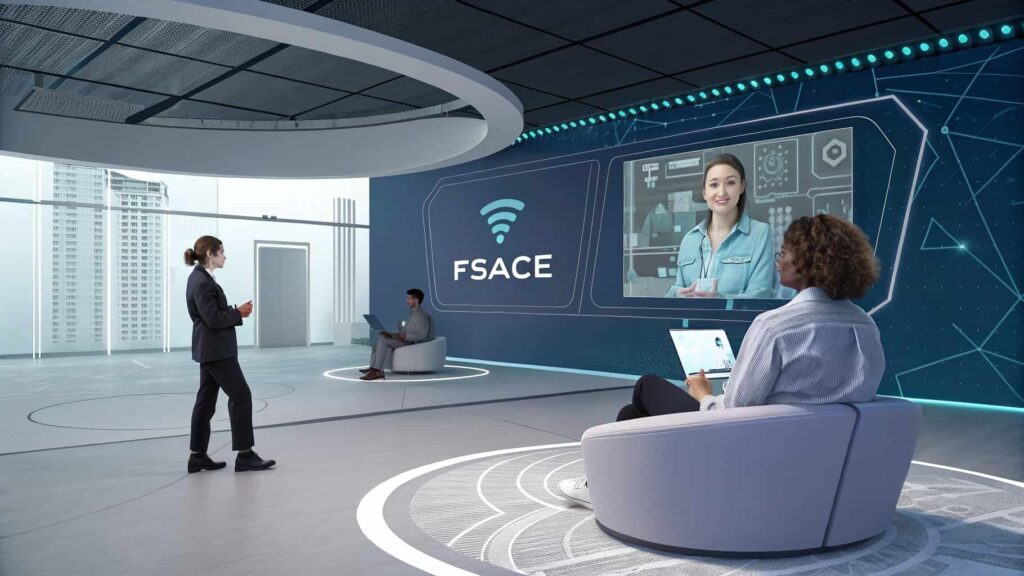In the ever-expanding world of digital communication, one emerging term that’s gaining attention is “fsace”. Though not yet a household name, fsace is becoming a buzzword across online communities, social platforms, and innovation-driven forums. It symbolizes freedom, self-expression, autonomy, creativity, and evolution—all within a virtual space.
In this guide, we’ll break down everything you need to know about fsace: its meaning, origins, how it works, why it’s relevant, and how it’s changing the way we think about online spaces. We’ll also look at how fsace impacts privacy, digital ownership, virtual identities, and more.
What is Fsace?
A Working Definition
Fsace is an emerging term that combines the ideas of “face” and “space”, often interpreted as a freedom-centric digital identity zone where users have full control over how they are perceived, what they share, and how they interact. It goes beyond just having a social profile—it’s about owning a unique digital persona and space.
In simple words, fsace is like a personal bubble in the digital world, one where the user defines the boundaries, rules, and appearance.
Origins and Evolution
The origin of the term “fsace” is uncertain—it may have started as a typographical mutation of “face” or “space” that evolved into its own term. However, the meaning has since developed and matured into a standalone digital concept, much like how “meta” or “cyberspace” evolved.
Whether it’s used in gaming, social media, metaverse platforms, or blockchain-based environments, fsace represents a shift in power from centralized platforms to the individual user.
Key Features of Fsace
1. Digital Identity Ownership
At the heart of fsace is identity control. Unlike traditional social media where users are shaped by algorithms, fsace empowers people to design and present their identity in the way they choose. This may include:

- Custom avatars or digital faces
- Private or public profiles
- Modular bio and interests
- NFT-style digital representations
2. Customizable Virtual Spaces
In the fsace model, your digital space is not a static page—it’s a dynamic environment. Think of it as a room, a stage, or a world where others can interact with your content, ideas, art, or presence.
You can:
- Change the look and feel of your fsace
- Showcase portfolios, playlists, thoughts, or creations
- Invite others for discussions or events
3. Privacy and Control
Fsace brings control back to users, offering settings that allow:
- Total privacy or selective visibility
- Permission-based access
- Anonymous or pseudonymous interaction
- Encryption and decentralization features (on some platforms)
4. Creative Expression
Creativity is core to fsace. It promotes:
- Visual storytelling
- Artistic interfaces
- Personalized experiences
- 3D worlds, music, video, and VR content
Fsace vs Traditional Social Media
| Feature | Fsace | Traditional Social Media |
| Identity Ownership | User-controlled | Platform-controlled |
| Content Censorship | Minimal to none | Platform-moderated |
| Monetization | User-first (NFTs, tokens) | Platform-first (ads) |
| Privacy & Data | Encrypted, user-stored | Sold, shared, or mined |
| Interactivity | Immersive, gamified | Feed-based, linear |
The difference is clear: fsace is about empowerment, not just engagement.
Also read: Gatorsgross.com Shocking Gator Stories From Florida: Don’t Miss Out!
Why Is Fsace Gaining Popularity?
1. Decentralization Movement
More people are demanding independence from big tech. Platforms built around the fsace concept often run on blockchain, peer-to-peer networks, or open-source protocols, reducing reliance on corporate servers.
2. Web3 Integration
Fsace is aligned with the Web3 revolution, offering:
- Wallet integrations (e.g., MetaMask)
- NFT avatars and credentials
- Smart contract-based access
This makes fsace attractive to crypto-native users, developers, and digital entrepreneurs.
3. Virtual Reality and the Metaverse
As VR and AR expand, fsace becomes a hub for immersive digital interaction. Instead of browsing, users experience a space—with real-time conversations, sensory inputs, and virtual architecture.
4. Gen Z and Digital Natives
Younger generations crave authenticity, customization, and control. Fsace caters to these values more than legacy platforms like Facebook or LinkedIn.
How to Create Your Own Fsace
Creating a fsace typically involves three steps:

Step 1: Choose a Platform
Some emerging platforms offering fsace-like features include:
- Zepeto
- Spatial
- OnCyber
- Oasis (Web3 social tools)
- Decentraland
These allow users to build environments, create avatars, and set rules for interaction.
Step 2: Set Your Identity
Choose how you want to appear:
- Real photo or avatar?
- Pseudonym or real name?
- Public, private, or hybrid visibility?
Identity flexibility is key to fsace.
Step 3: Build and Share
Add digital assets, such as:
- Videos, music, and podcasts
- Blog entries, tweets, and thoughts
- NFTs, 3D objects, and digital art
Then invite others into your fsace and start connecting.
Also read: Gatorsgross.com How To Stay Safe During Gator Season
Real-World Applications of Fsace
1. Digital Portfolios for Creators
Artists, musicians, writers, and coders can showcase their work in a fsace designed for storytelling—not algorithms.
2. Private Social Networks
Fsace allows micro-communities or friends to interact without external surveillance.
3. Event Hosting
Hold exhibitions, concerts, debates, or workshops in virtual fsaces. No need for expensive venues—just an immersive experience.
4. Education and Learning
Tutors can design fsaces to teach in more visual, collaborative, and creative ways—enhancing attention and understanding.
5. Mental Health and Wellness
Private fsaces allow users to reflect, journal, meditate, or even talk to therapists in a safe digital zone.
The Technology Behind Fsace

1. Blockchain Integration
Some fsace platforms use blockchain to ensure data ownership, track interactions, and allow transactions. This includes:
- Tokenized access to spaces
- Monetization through NFTs
- Verified credentials via smart contracts
2. Decentralized Storage
Using tools like IPFS or Arweave, fsace data can be stored off centralized servers, making it less vulnerable to hacks or censorship.
3. AI-Powered Interfaces
Some platforms include AI for customization, content moderation, or personalization—helping users shape their fsace with ease.
Also read: The Advantages of Banking With Local Banks
Challenges Facing Fsace
Despite its exciting promise, fsace faces some obstacles:
1. Accessibility Issues
Not all users have the tech literacy or devices needed for 3D/VR spaces.
2. Fragmentation
With no universal standard, different fsace platforms may not be compatible with each other.
3. Security and Scams
As with any decentralized tool, users must protect their wallets, data, and identities from phishing or abuse.
4. Adoption Lag
Mainstream users may take time to shift from Facebook-style apps to immersive fsace platforms.
The Future of Fsace
Fsace represents a powerful reimagining of digital interaction. As the world moves deeper into digital environments—whether through the metaverse, Web3, or virtual workspaces—fsace will likely become the norm rather than the exception.

Imagine a future where:
- Your fsace replaces your LinkedIn and Zoom
- Job interviews happen in curated fsace environments
- Artists perform directly in your fsace
- Fsace becomes the digital equivalent of your home, office, and gallery
The possibilities are endless.
SEO Optimization Tips for Fsace Platforms
If you’re building or marketing a fsace, here are some SEO strategies:
- Use Long-Tail Keywords: e.g., “create fsace portfolio for artists,” “how to build fsace for crypto events.”
- Optimize for Voice Search: Include conversational queries.
- Structured Data: Use schema markup for fsace content (especially for portfolios, events).
- Fast Loading: Ensure your fsace loads quickly, especially in mobile environments.
- Accessibility: Add alt-texts, readable fonts, and mobile support.
- Backlink Strategy: Get listed in Web3 and virtual community directories.
FAQs about Fsace
1. What is fsace?
Fsace is a digital space that users control entirely—combining aspects of identity, creativity, communication, and privacy. It represents a customizable and immersive way to be online.
2. Is fsace the same as a metaverse?
Not exactly. While it shares some features with the metaverse, fsace is more personal and user-centric. It focuses on individual expression and control, not just virtual worldbuilding.
3. Can I monetize my fsace?
Yes. Many platforms allow creators to sell NFTs, receive tips, host events, or charge for access.
4. Is fsace safe and private?
Fsace platforms typically offer stronger privacy features than traditional social media. Still, users should take precautions and use platforms with transparent security protocols.
5. Do I need technical knowledge to create a fsace?
Not always. Some platforms offer drag-and-drop builders, while others may require basic blockchain or 3D design knowledge.
6. Is fsace free to use?
Many fsace platforms offer free tiers, but advanced features (like NFT minting or premium visuals) may require fees or tokens.
7. How do I invite others into my fsace?
Most platforms generate links or QR codes you can share. You can control who gets access and what they can see or do.
8. Is fsace good for business networking?
Yes. You can create professional fsaces to showcase projects, portfolios, and client testimonials—all while keeping control over your brand image.
9. Can fsace help with mental wellness?
Definitely. Many people use fsace as a private digital journal, meditation zone, or even support group space.
10. What tools or platforms support fsace creation?
Some popular ones include OnCyber, Zepeto, Spatial, and Oasis. More are launching every month as fsace grows.
Conclusion:
Fsace is redefining how we connect, create, and control our digital identities. By offering a personalized, secure, and immersive space, it empowers users to shape their online presence without the limits of traditional platforms. As technology evolves, fsace stands at the forefront of a more open, creative, and user-driven internet future.
Related post:
















